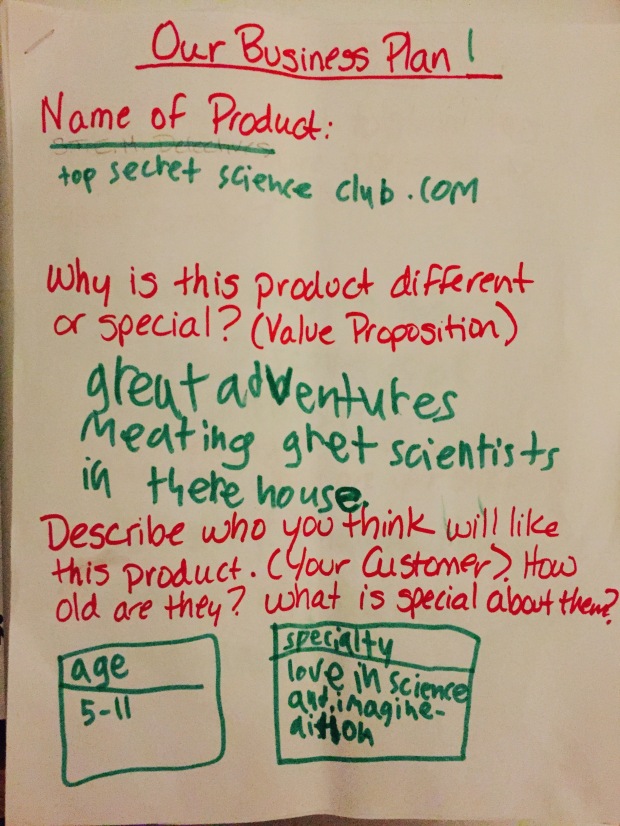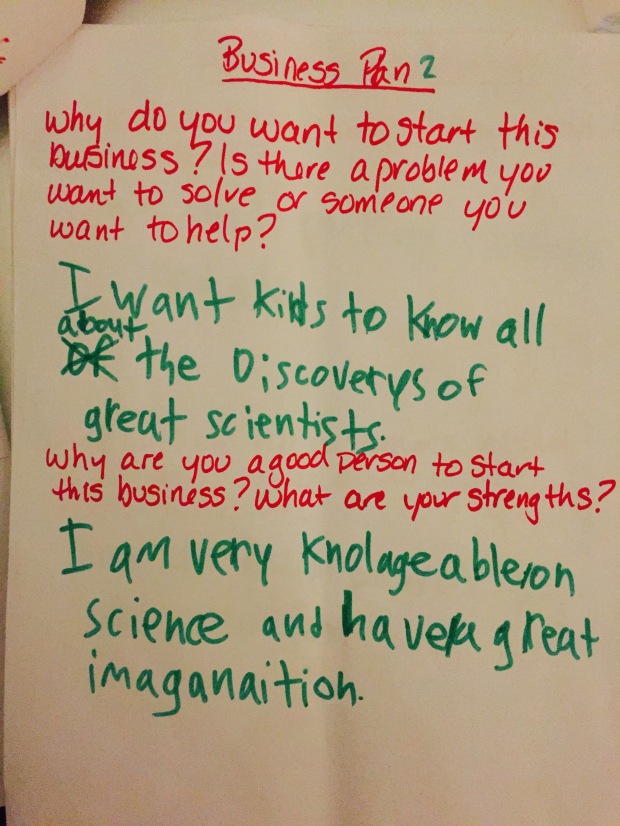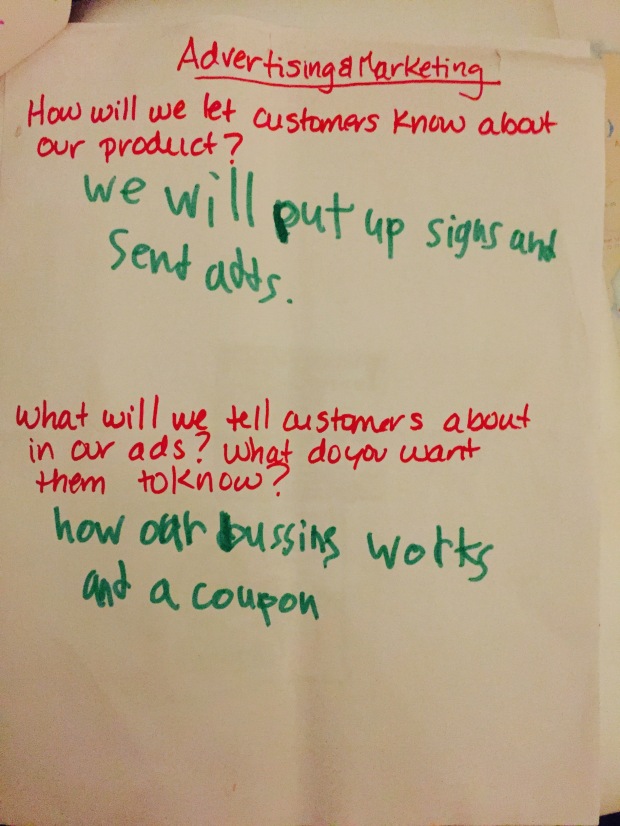On our planet, water, air, plants, and nutrients move through what we call a Life Cycle. For example, water evaporates from a lake, condenses into clouds, comes down as rain, and falls back into a lake.
In this project, create your own miniature life cycle by building a sealed aquarium in a bottle. It can be difficult to get this just right, but it’s pretty easy with freshwater snails and aquatic plants. The plants provide food for the snails, and the snail poop fertilizes the plants!
Materials:
- Clear plastic container with a tight fitting lid (VOSS water bottles are great for this)
- Aquatic pond snails (HINT: you can often get these for free at Pet stores!)
- Distilled water
- 2-3 aquatic plants
- Aquatic rocks
Directions:
- Let your water come to room temperature.
- Place the plants at the bottom of the container.
- Carefully pour the rocks around the bottom of the plants, to secure them.
- Fill your container with enough distilled or to cover the plants.
- Release your snails into their new home!
- Keep your new pets near a window, but not in direct sunlight.
- Take a photo of your mini aquarium and post it on our Facebook page: http://www.facebook.com/TopSecretScienceClub The best aquarium will win a Top Secret Prize!
Want to get an awesome science adventure and hands on experiments like these delivered every month? Sign up for the Top Secret Science Club!












